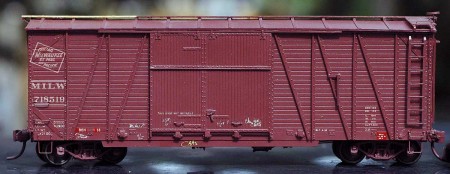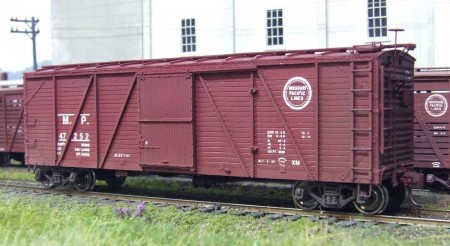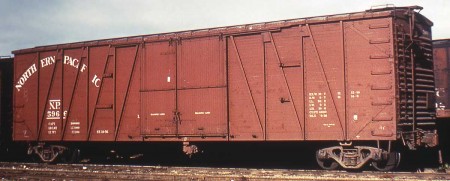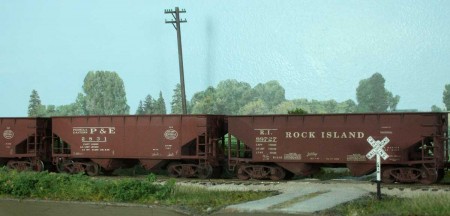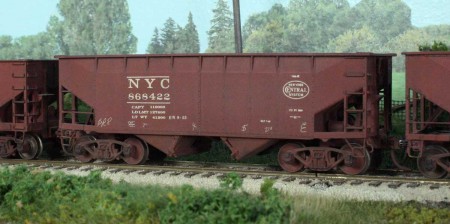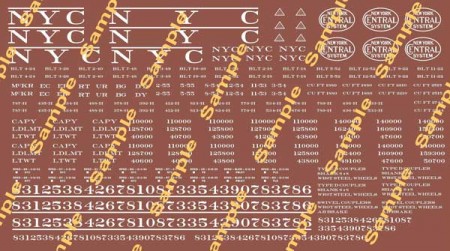Bill Welch returns to the RCW blog with a beginner perspective on Pan Pastels for weathering freight cars.
I thought I would describe my first weathering experience primarily using PanPastels (PP) with a little assist from Prismacolor Colored pencils. The subject model was built 19 to 20 years ago from a Funaro & Camerlengo kit, probably purchased from The RPI Hobby Shop in Troy, NY. I used a photo from “The Bob Charles Collection” at the NMRA Library to guide me in detailing and decaling. It is painted with Accuflex paint using my Binks “Wren” airbrush. The decals I am pretty sure are Champ and I very likely pieced together the Dimensional Data with individual numbers to match this car. Continue reading A Weathering Rookie Tries PanPastels & Colored Pencils
